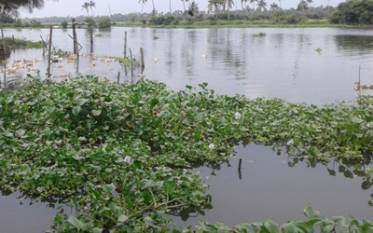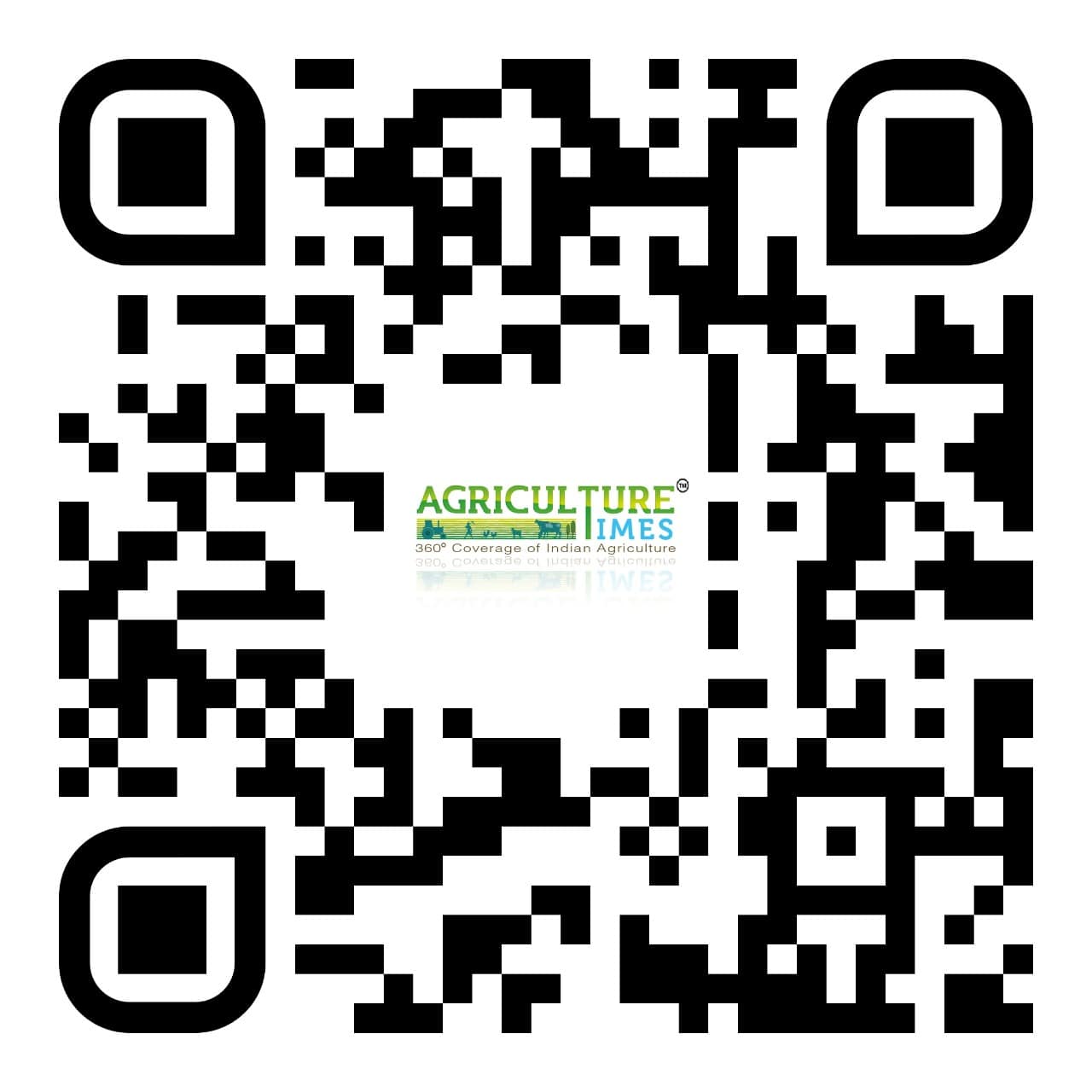PALGHAR, 4 November 2024: Seaweed, often referred to as "the crop of the sea," is gaining recognition as a sustainable and versatile resource with significant potential in aquaculture.
This marine plant offers a multitude of benefits, ranging from environmental sustainability to diverse commercial applications. As global attention shifts towards sustainable practices and the need for alternative food sources grows, seaweed emerges as a promising solution for the future of aquaculture.
The Environmental Benefits of Seaweed Farming
Seaweed farming offers numerous environmental advantages, making it a sustainable choice for aquaculture:
1. Carbon Sequestration: Seaweed absorbs carbon dioxide (CO2) during photosynthesis, playing a role in mitigating climate change. Some species can sequester up to 20 times more carbon per acre than terrestrial forests.
2. Nutrient Absorption: Seaweed can absorb excess nutrients such as nitrogen and phosphorus from the water, reducing eutrophication and improving water quality. This helps combat the negative impacts of agricultural runoff and other sources of nutrient pollution.
3. Habitat Creation: Seaweed farms create habitats for various marine species, promoting biodiversity. They provide shelter and food for fish, invertebrates, and other marine organisms, contributing to the health of marine ecosystems.
4. No Need for Freshwater or Fertilizers: Unlike terrestrial crops, seaweed farming does not require freshwater or synthetic fertilizers, reducing the strain on freshwater resources and avoiding the environmental impact of chemical fertilizers.
Diverse Applications of Seaweed
Seaweed's versatility extends to a wide range of applications, making it a valuable resource in multiple industries:
1. Food and Nutrition: Seaweed is a nutritious food source rich in vitamins, minerals, and antioxidants. It is commonly used in Asian cuisine and is gaining popularity worldwide as a superfood. Seaweed can be consumed fresh, dried, or processed into various products such as snacks, seasonings, and supplements.
Example: Nori, a type of red seaweed, is widely known for its use in sushi wraps. It is also available as dried sheets and flakes, used as a seasoning in various dishes.
2. Animal Feed: Seaweed is an excellent addition to animal feed, providing essential nutrients and improving animal health. It can enhance the growth and immune system of livestock, poultry, and aquaculture species. Additionally, certain seaweed species have been shown to reduce methane emissions in ruminants, contributing to more sustainable livestock farming.
Example: Research has demonstrated that adding red seaweed (Asparagopsis) to cattle feed can reduce methane emissions by up to 80%, addressing a significant source of greenhouse gas emissions in agriculture.
3. Bioplastics and Packaging: Seaweed-derived bioplastics offer an eco-friendly alternative to conventional plastics. These biodegradable materials can be used in packaging, reducing plastic pollution and the reliance on fossil fuels. Seaweed-based packaging is particularly suitable for food products due to its natural barrier properties.
Example: Companies like Evoware and Loliware are developing seaweed-based packaging solutions, including edible and compostable alternatives to plastic wraps and utensils.
4. Pharmaceuticals and Cosmetics: Seaweed contains bioactive compounds with potential health benefits. These compounds are used in pharmaceuticals and cosmetics for their antioxidant, anti-inflammatory, and antimicrobial properties. Seaweed extracts are common ingredients in skincare products, promoting skin hydration and anti-aging.
Example: Alginate, a polysaccharide extracted from brown seaweed, is used in wound dressings for its moisture-retentive and healing properties. Seaweed extracts are also popular in anti-aging creams and serums.
5. Biofuels: Seaweed can be used as a feedstock for biofuel production, offering a renewable energy source. Seaweed-based biofuels, such as bioethanol and biogas, have the potential to reduce dependence on fossil fuels and lower greenhouse gas emissions.
Example: Research is ongoing to optimize the conversion of seaweed biomass into bioethanol and biogas, with pilot projects demonstrating the feasibility of large-scale production.
Case Studies and Success Stories
Several innovative seaweed farming projects highlight the potential and benefits of this versatile crop:
1. Ocean Rainforest (Faroe Islands): Ocean Rainforest operates one of the largest seaweed farms in the North Atlantic. Their sustainable farming practices focus on minimizing environmental impact while producing high-quality seaweed for food, feed, and bioproducts.
2. Maine Seaweed (USA): Maine Seaweed, a cooperative of seaweed farmers, promotes sustainable harvesting and farming of native seaweed species. They supply fresh and dried seaweed products to local and international markets, emphasizing the importance of sustainable aquaculture.
3. GreenWave (USA): GreenWave is a non-profit organization that promotes regenerative ocean farming, including seaweed and shellfish. Their 3D ocean farming model integrates seaweed with other species, creating a multi-functional farm that enhances biodiversity and resilience.
Challenges and Future Directions
While seaweed farming holds great promise, several challenges must be addressed to fully realize its potential:
1. Regulatory Frameworks: The development of clear and supportive regulatory frameworks is essential to facilitate the growth of seaweed farming. Streamlined permitting processes and guidelines for sustainable practices will help expand the industry.
2. Market Development: Building robust markets for seaweed products requires consumer education and awareness. Promoting the nutritional and environmental benefits of seaweed can drive demand and support market growth.
3. Research and Innovation: Continued research and innovation are needed to optimize seaweed farming techniques, improve yields, and develop new applications. Collaboration between academia, industry, and government can drive advancements in seaweed aquaculture.
4. Investment and Funding: Securing investment and funding is crucial for scaling seaweed farming operations. Financial support from public and private sectors can accelerate the adoption of seaweed as a sustainable aquaculture crop.
Conclusion
Seaweed represents a sustainable and versatile crop with immense potential for aquaculture. Its environmental benefits, diverse applications, and growing market demand position it as a key player in the future of sustainable food production and resource management. By addressing challenges and fostering innovation, the seaweed industry can thrive, contributing to global food security, environmental conservation, and economic development. As we look towards a more sustainable future, seaweed stands out as a remarkable example of nature's ingenuity and our ability to harness it for the greater good.























